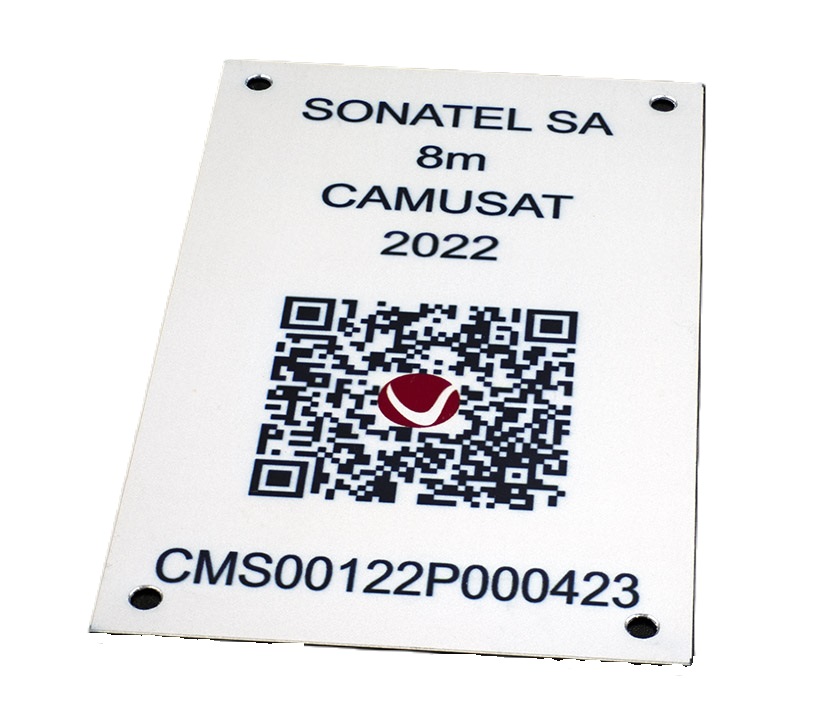Introduction
In the world of asset tagging, securing tags effectively is crucial for maintaining an organized and efficient system. Acetone-activated adhesive is a powerful solution that ensures tags stay in place even in demanding environments. This article delves into the science behind strong acetone-activated adhesive and provides a step-by-step guide on how to activate it for a secure hold. Understanding Strong Acetone-Activated Adhesive: How It Works and Activation Guide below
How Strong Acetone-Activated Adhesive Works
Acetone-activated adhesive is a specialized bonding agent designed to provide exceptional adhesion once activated by acetone. Here’s a breakdown of how it works:
- Composition: The adhesive is formulated with chemical compounds that remain inactive until exposed to acetone. This unique property allows for easy handling and precise placement before activation.
- Activation: When acetone is applied to the adhesive, it acts as a catalyst, initiating a chemical reaction. This reaction causes the adhesive to become sticky and bond to the surface it’s applied to.
- Bonding: Once activated, the adhesive forms a strong, durable bond that is resistant to chemicals, heat, and environmental factors. This makes it ideal for asset tags that need to withstand harsh conditions.
Available Acetone Activated Aluminum Asset Tags:
The following products can be used for this Understanding Strong Acetone-Activated Adhesive: How It Works and Activation Guide
Step-by-Step Guide to Activating Acetone-Activated Adhesive
For a secure and long-lasting bond, follow these steps to activate acetone-activated adhesive on your aluminum asset tags:
- Prepare the Surface: Ensure the surface where the tag will be applied is clean and dry. Remove any dust, dirt, or grease using a suitable cleaner.
- Position the Tag: Place the asset tag in the desired location. Since the adhesive is not yet activated, you can easily adjust the position for precise placement.
- Apply Acetone:
- Materials Needed: 100% acetone, a small brush or applicator, and protective gloves.
- Safety First: Wear protective gloves to avoid skin contact with acetone.
- Application: Dip the brush or applicator into the acetone and apply a thin, even layer to the adhesive side of the tag. Ensure the entire adhesive surface is covered.


- Activate the Adhesive: After applying acetone, wait for a few seconds to allow the chemical reaction to occur. The adhesive will start to become tacky and sticky.
- Press and Hold: Firmly press the tag onto the surface. Apply even pressure to ensure the entire adhesive area bonds to the surface. Hold in place for a few seconds to allow the adhesive to set.
- Final Check: Ensure the tag is securely attached and there are no edges lifting. If necessary, apply a bit more pressure or acetone to any areas that need reinforcement.



Conclusion
Strong acetone-activated adhesive provides a reliable and durable solution for securing asset tags in various environments. By understanding how this adhesive works and following the step-by-step activation guide, you can ensure your asset tags stay firmly in place, enhancing the organization and management of your assets. For businesses looking to improve their asset tracking systems, acetone-activated adhesive offers an efficient and effective method to achieve lasting results. Thank you for reading the Understanding Strong Acetone-Activated Adhesive: How It Works and Activation Guide

